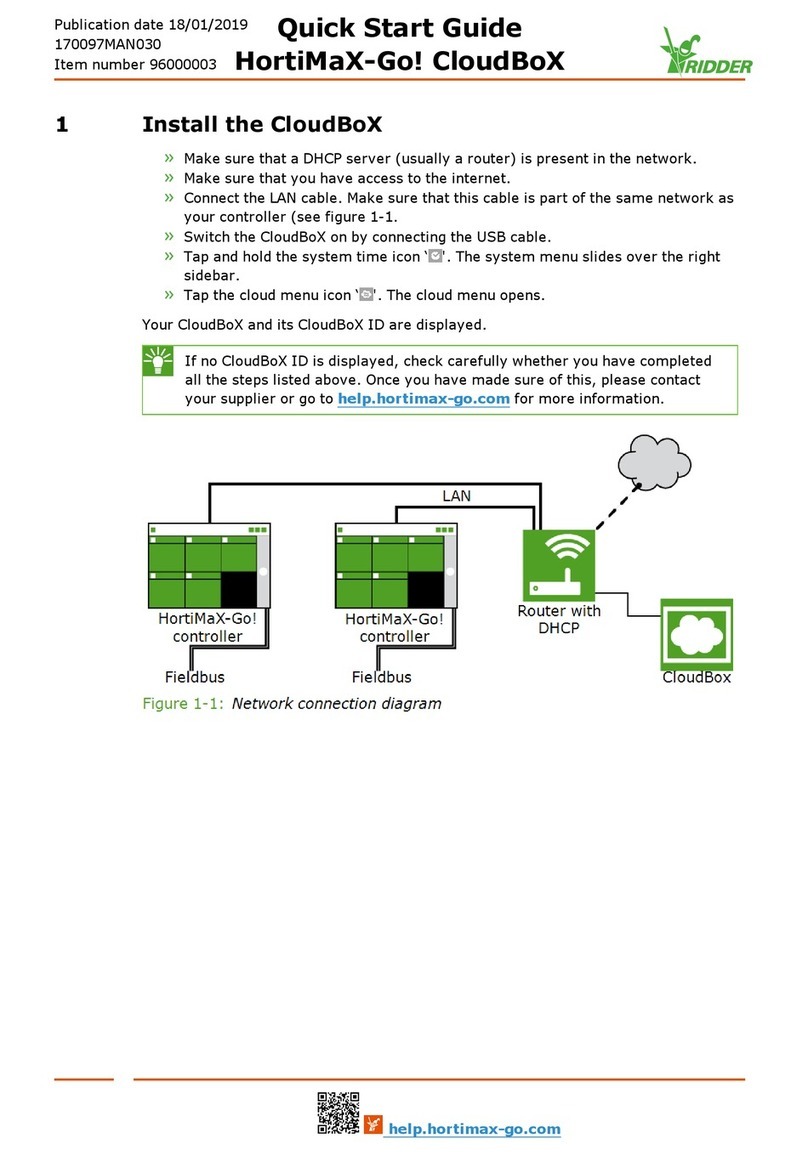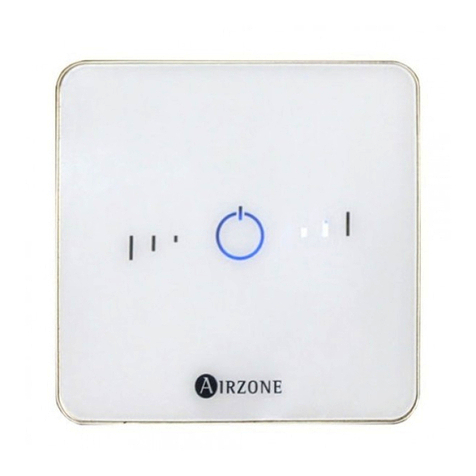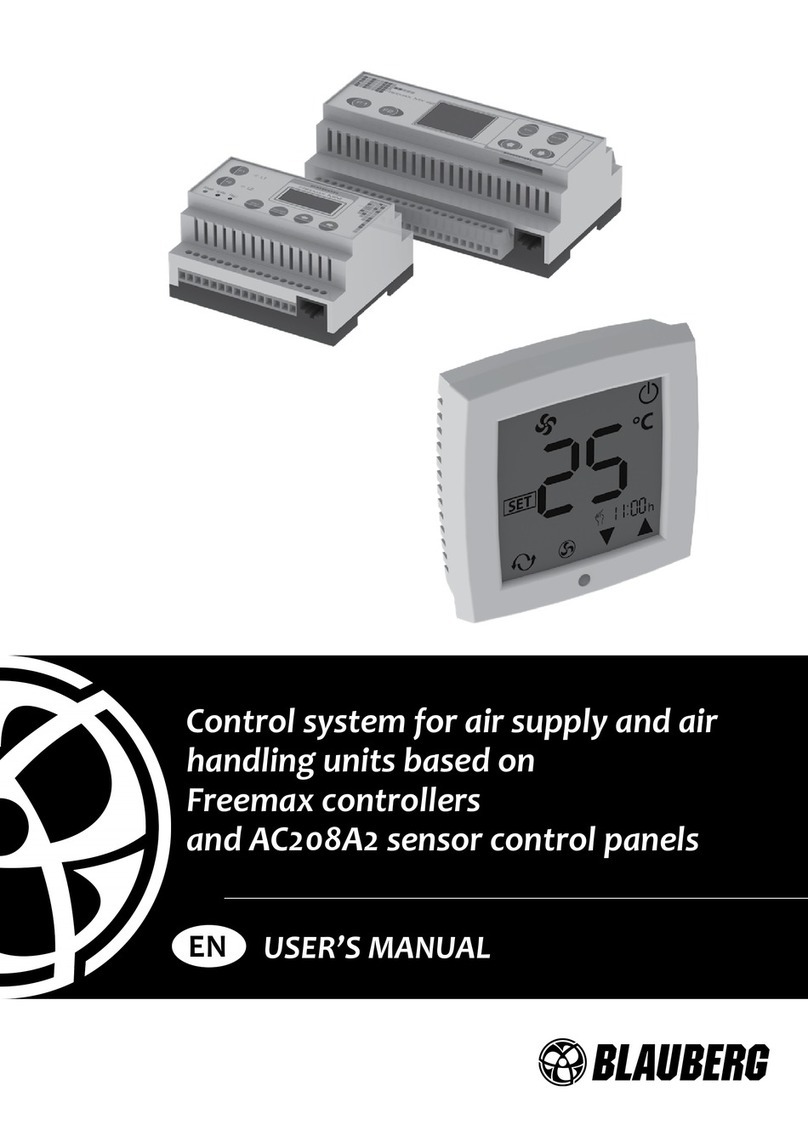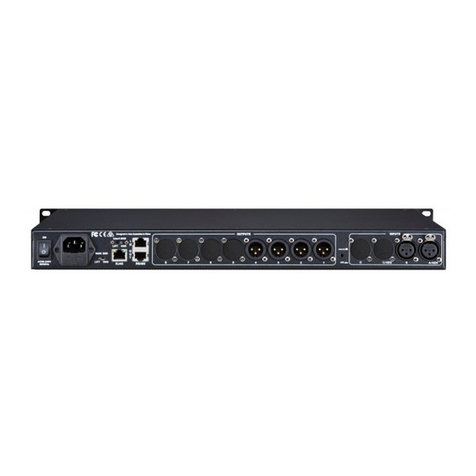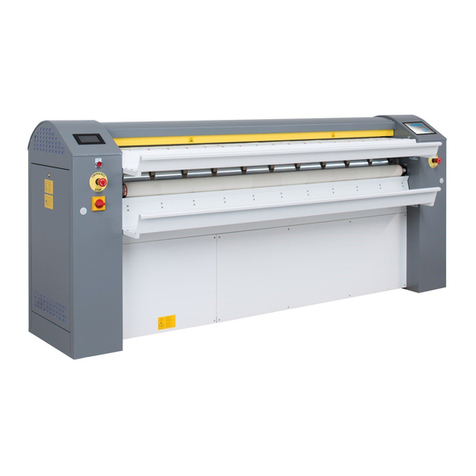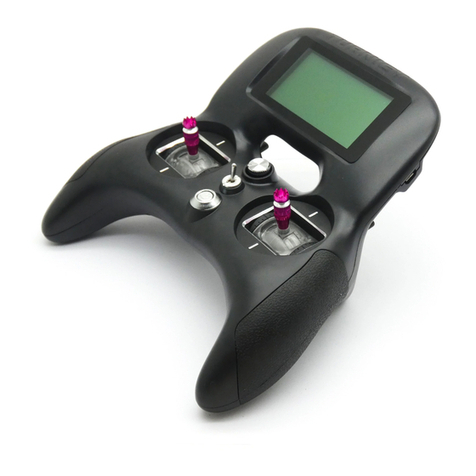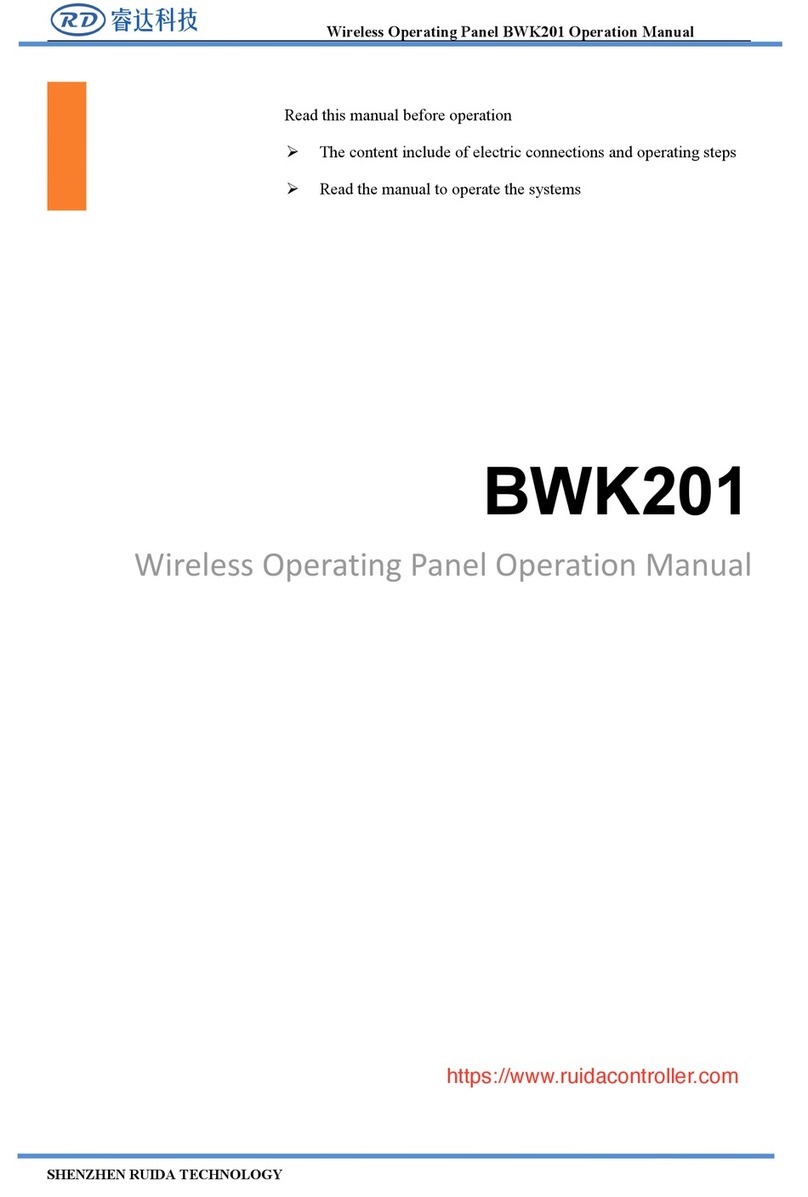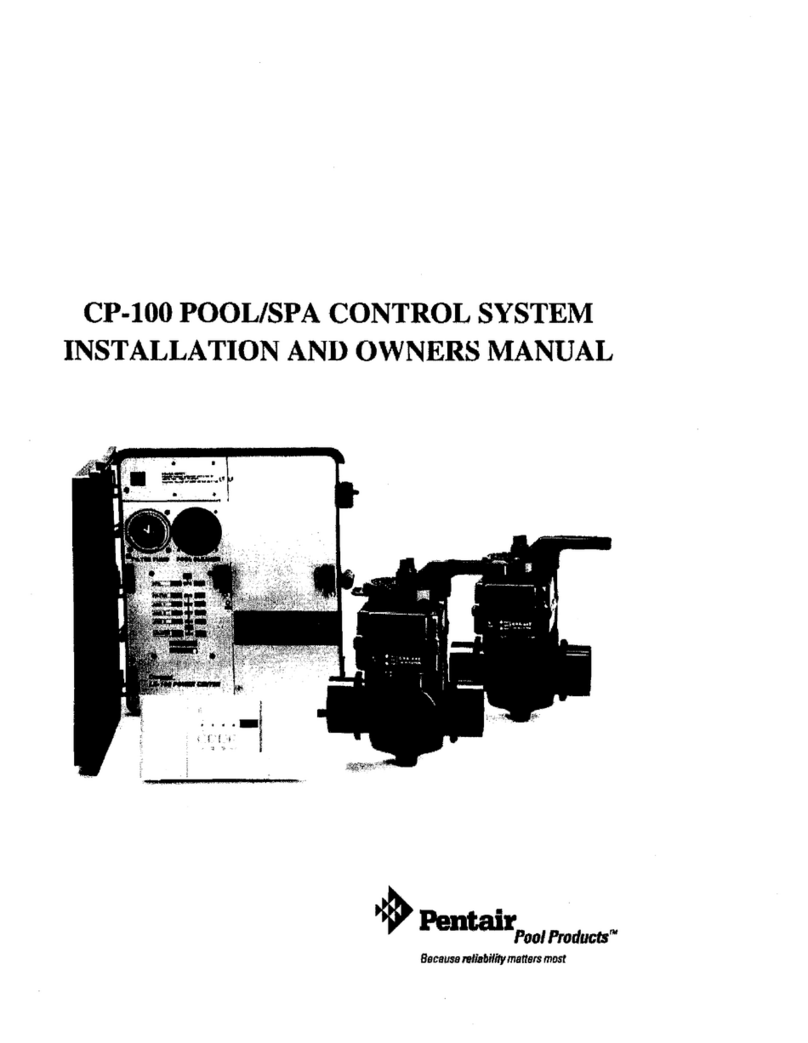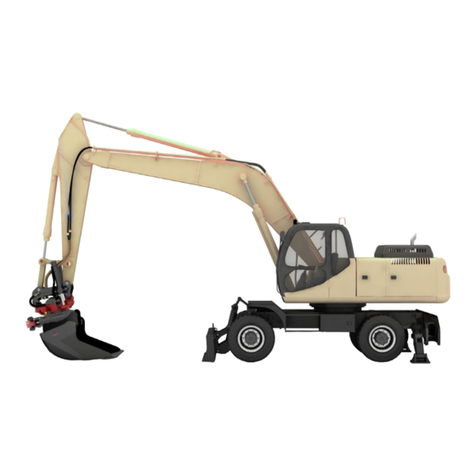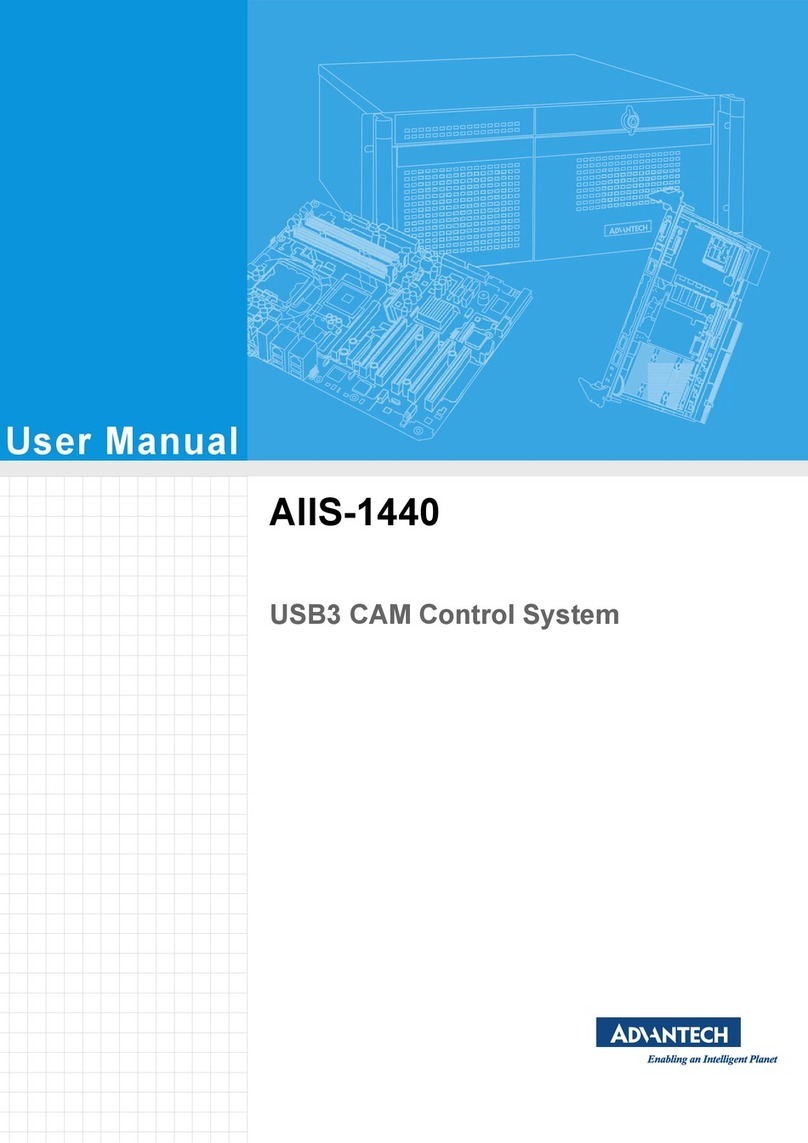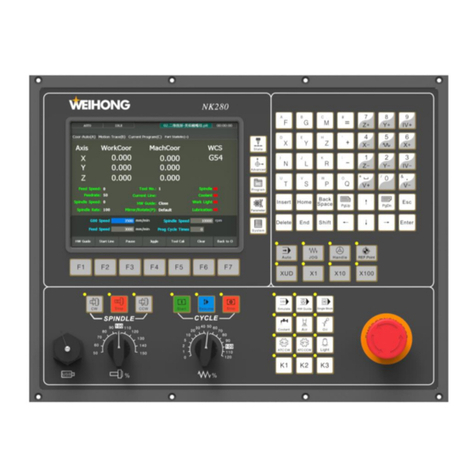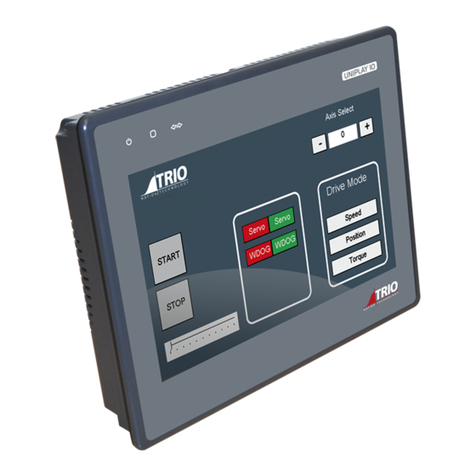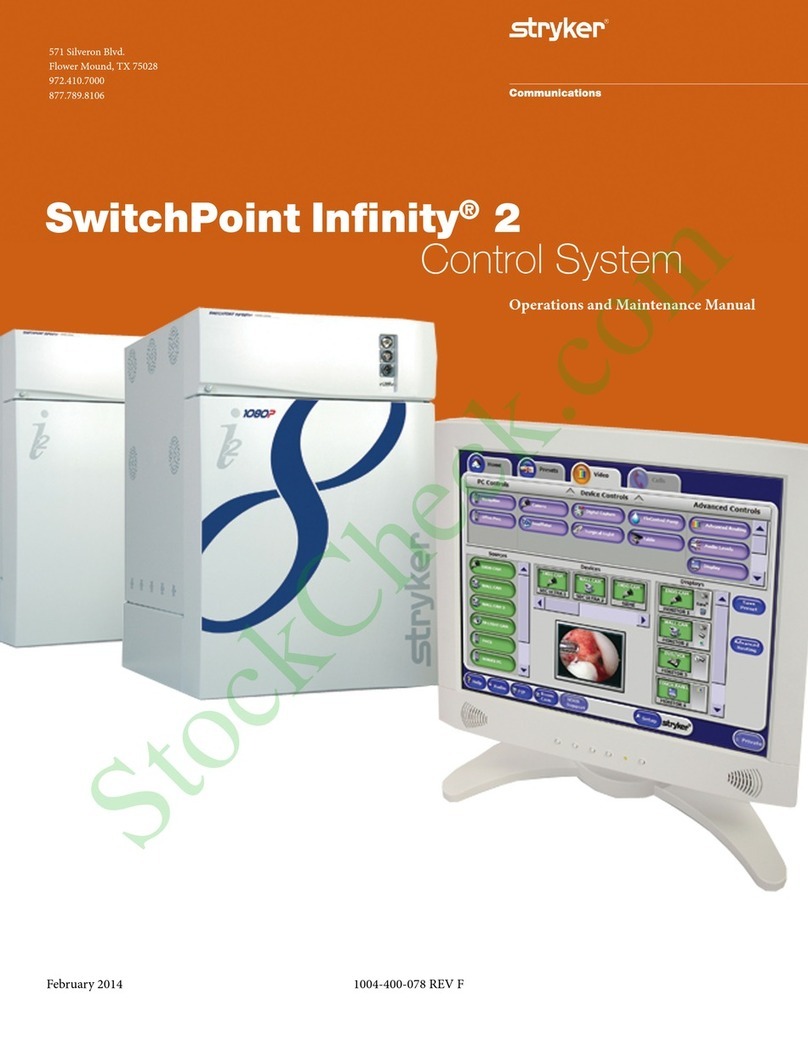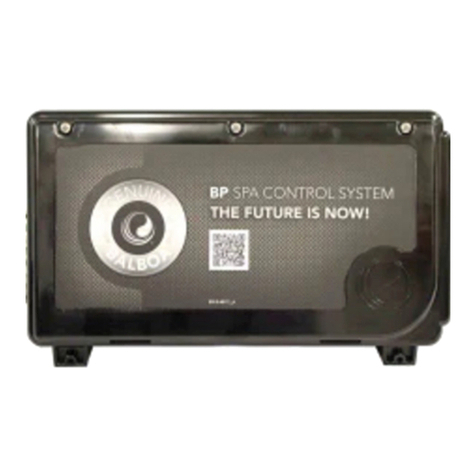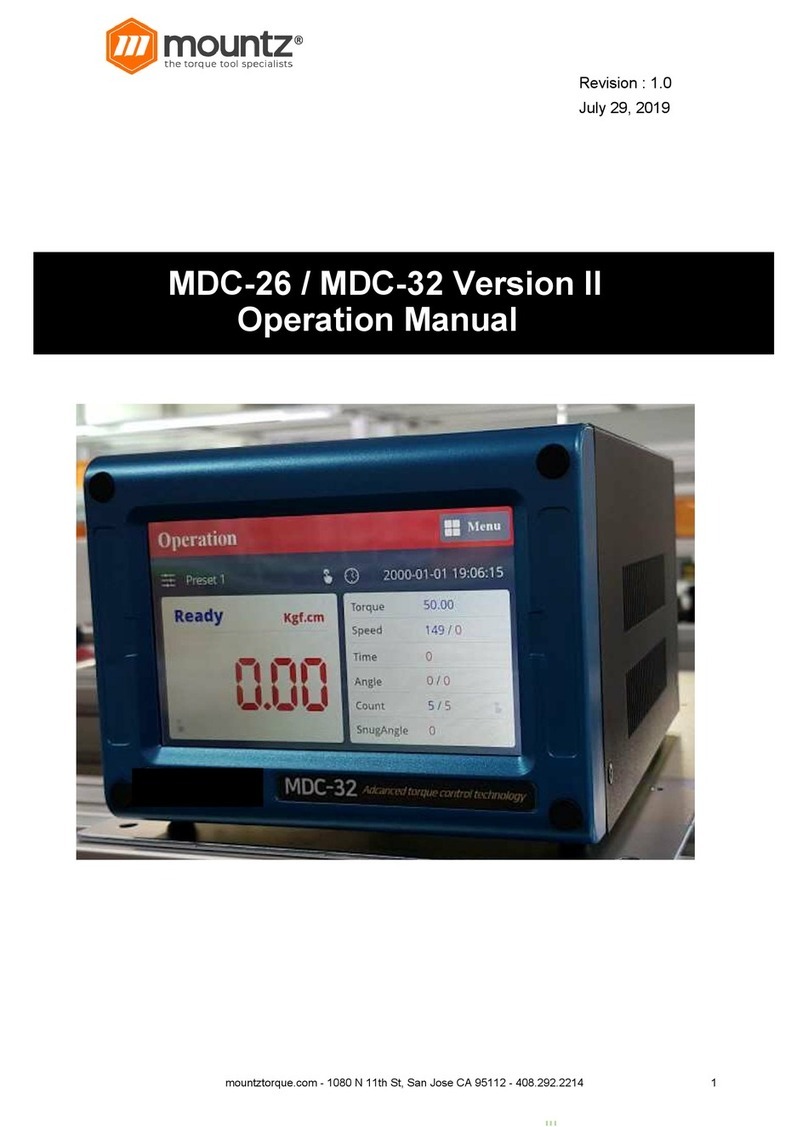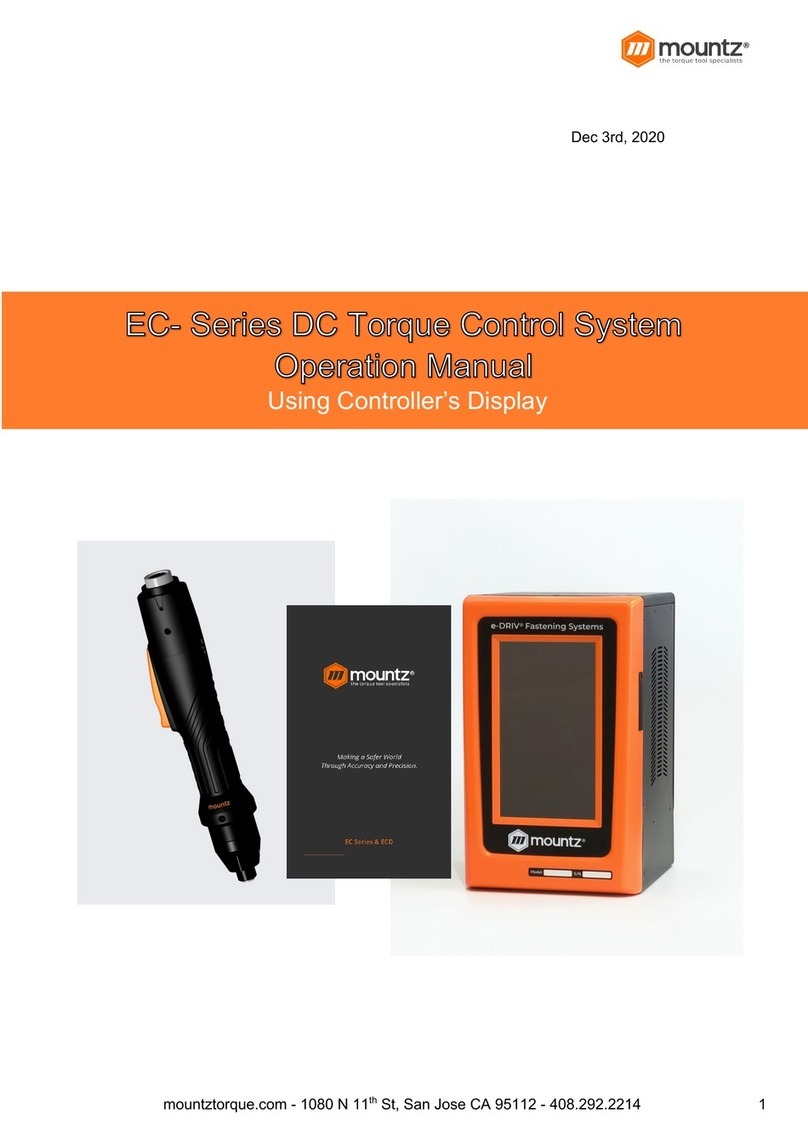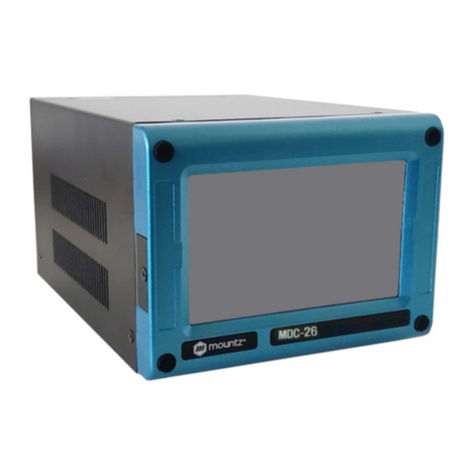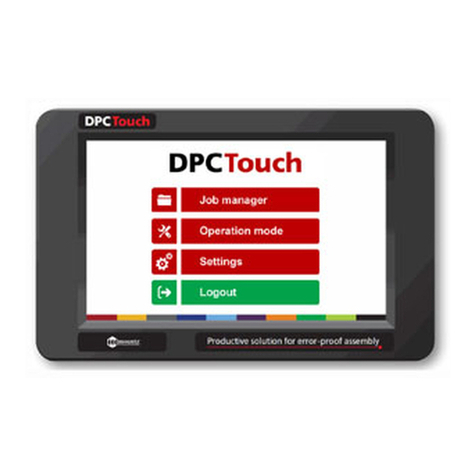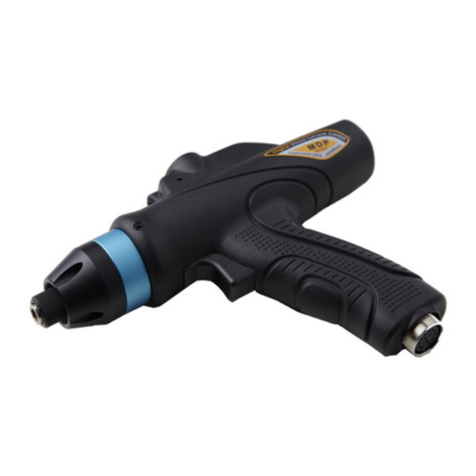
www.mountztorque.com – 1080 N 11th St - San Jose CA 95112–- 408.292.2214
GENERAL SAFETY RULES
WARNING! Read and understand all instructions. Failure to follow all instructions listed below may result in electric shock, fire, and/or
serious personal injury.
SAVE THESE INSTRUCTIONS
Work Area
Keep your work area clean and well lit. Cluttered benches and dark areas invite accidents.
Do not operate power tools in explosive atmospheres, such as in the presence of flammable liquids, gases, or dust. Power tools create
sparks which may ignite the dust or fumes.
Keep bystanders, children, and visitors away while operating a power tool.
Distractions can cause you to lose control.
Electrical Safety
Grounded tools must be plugged into an outlet properly installed and grounded by all codes and ordinances. Never remove the
grounding prong or modify the plug in any way. Do not use ungrounded plugs? . Check with a qualified electrician if you are in doubt
as to whether the outlet is properly grounded. If the tools should electrically malfunction or break down, grounding provides a low
resistance path to carry electricity away from the user.
Avoid body contact with grounded surface and pipes, radiators, ranges, and refrigerators. There is an increased risk of electric shock
if your body is grounded.
Don't expose power tools to rain or wet conditions. Water entering a power tool will increase the risk of electric shock
Take care when using and handling the power/data cord. Never use the cord to carry the tools or pull the plug from an outlet. Keep
the cord away from heat, oil, sharp edges, or moving parts. Replace damaged cords immediately. Damaged cords increase the risk of
electric shock.
When operating a power tool outside, use an outdoor extension cord marked W-A or W. These cords are rated for outdoor use and
reduce the risk of electric shock.
Personal Safety
Stay alert, watch what you are doing, and use common sense when operating a power tool. Do not use tool while tired or under the
influence of drugs, alcohol, or medication. A moment of inflation while operating power tools may result in serious personal injury.
Dress according to local safety guidelines . Do not wear loose clothing or jewelry. Contain long hair. Keep your hair, clothing, and gloves
away from moving parts. Loose clothes, jewelry, or long hair can be caught in moving parts.
Avoid accidental starting of tool(s). Be sure the switch is off before plugging in. Carrying tools with your finger on the switch or plugging
in tools may result in personal injury.
Remove adjusting keys or switches before turning the tool on. A wrench or a key that is left attached to a rotating part of the tool may
result in personal injury.
. Keep proper footing and balance at all times. Proper footing and balance enable better control of the tool in unexpected situations.
Use safety equipment. Always wear eye protection. Dust mask, non-skid safety shoes, hard hat, or hearing protection must be used
for appropriate conditions.
Tool use and Care
Use clamps or another practical way to secure and support the workplace to a stable platform. Holding the work by hand or against
your body is unstable and may lead to loss of control.
Do notoperate a tool beyond its defined limits. Use the correct tool for your application. The correct tool will do the job better and
safer at the rate for which it is designed.
Do not use the tool if the switch does not turn it on or off. Any tool that cannot be controlled with the switch is dangerous and must
be repaired.
Disconnect the plug from the power source before making any adjustments, changing accessories, or storing the tool.
Store idle tools out of reach of children and other untrained persons. Tools are dangerous in the hands of untrained users.
Maintain tools with care. Keep cutting tools sharp and clean. Properly maintained tools, with sharp cutting edges, are less likely to
bind and are easier to control.
Check for misalignment or binding of moving parts, breakage of parts, and any other condition that may affect the operation of the








